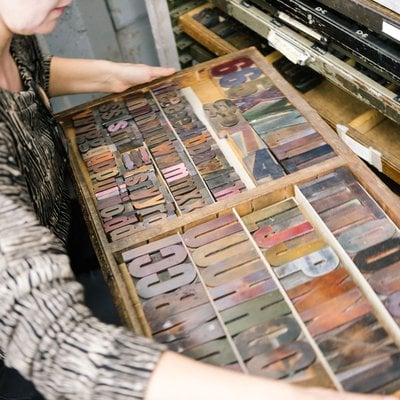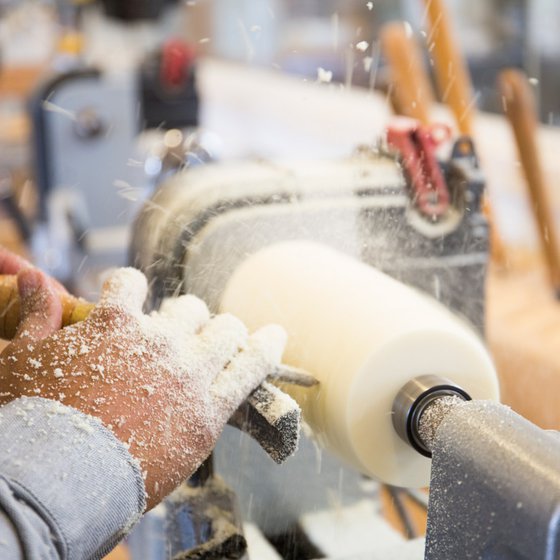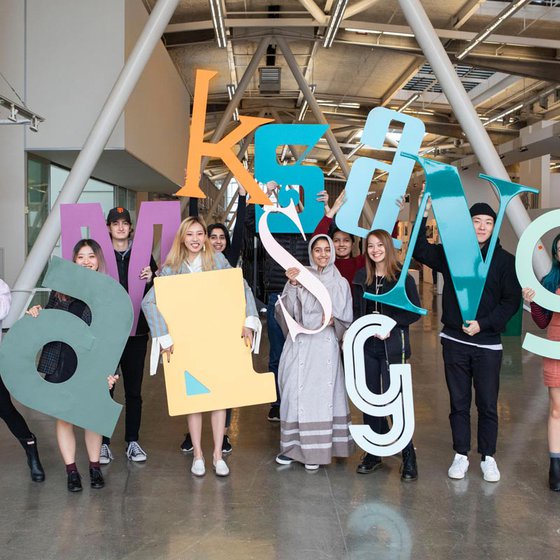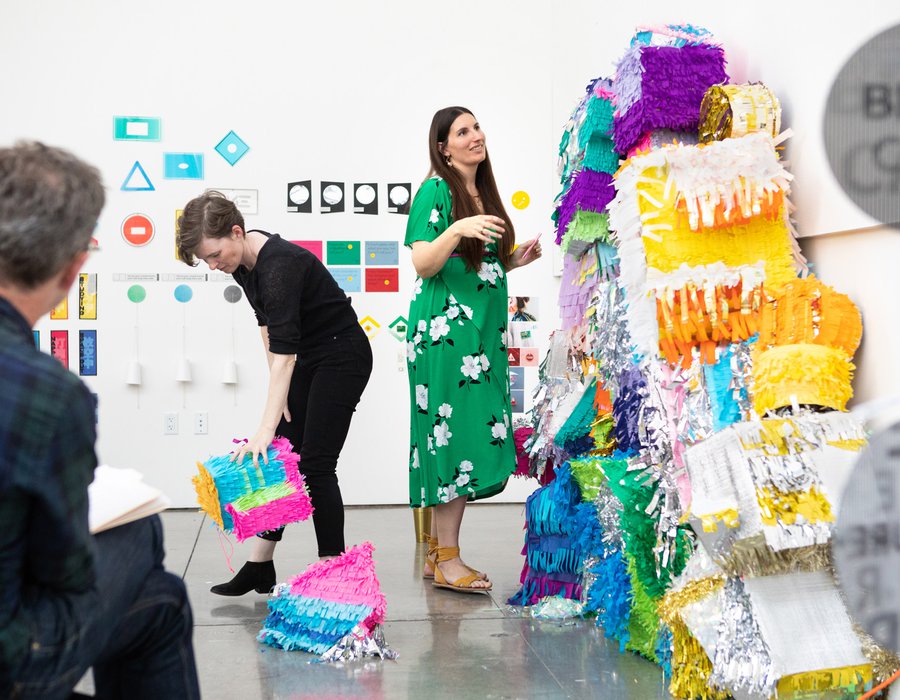
MFADesign
Combine critical design conversations with cross-disciplinary studio work and speculative design thinking.
Overview
Conceptual and formal inventiveness
The MFA Design program is an open site for investigation, hands-on making, and speculative design thinking. You’ll explore new frontiers of design with cutting-edge tools and traditional craft-based techniques. With a focus on graphic design, industrial design, and interaction design, you’ll create working prototypes and models that use materials in new ways.
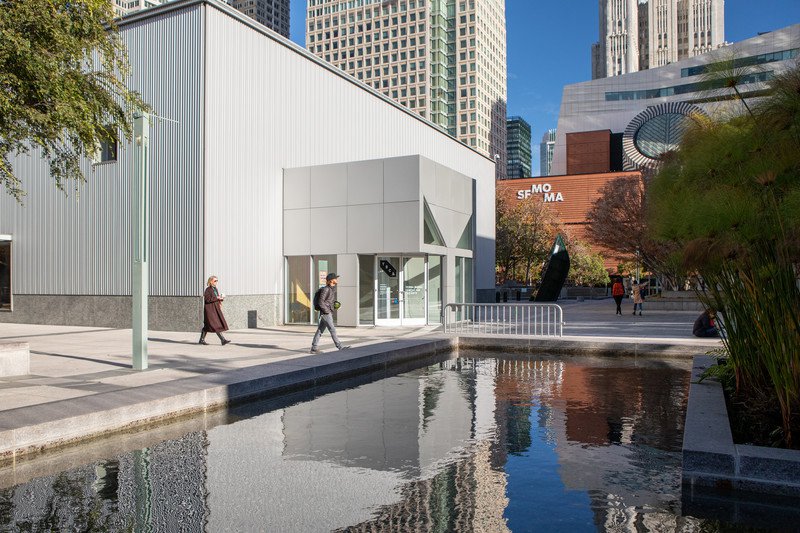
View of Yerba Buena Center for the Arts and the San Francisco Museum of Modern Art.
Our program is located in the Bay Area, one of the global hubs for design innovation and home to renowned cultural institutions, such as the de Young Museum and the San Francisco Museum of Modern Art. You’ll be immersed in an inspiring environment that values cross-disciplinary research and collaboration.
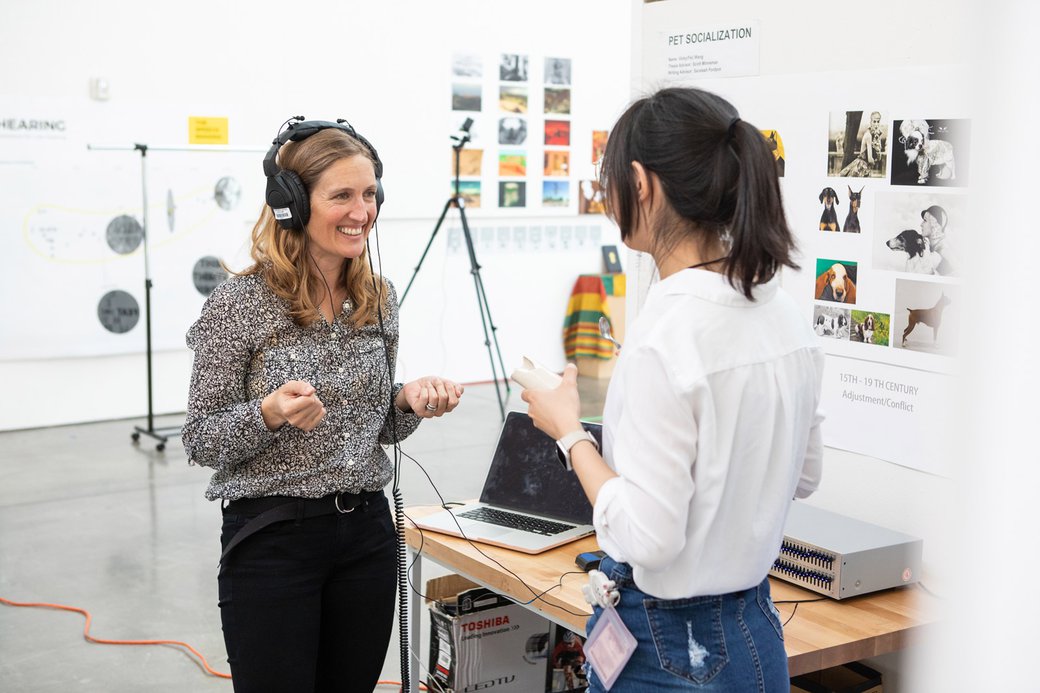
Degree options
Our program offers two degree options based on your level of expertise:
Two-year: Appropriate if you already have experience in one or multiple design fields.
Three-year: Recommended if you have an undergraduate degree in an unrelated field. You’ll spend your first year building foundational skills to help you hit the ground running in your second year.
Both degree options provide students with the opportunity to explore different concentration areas in one of several fields of design.
Studios & Shops
Explore all horizons
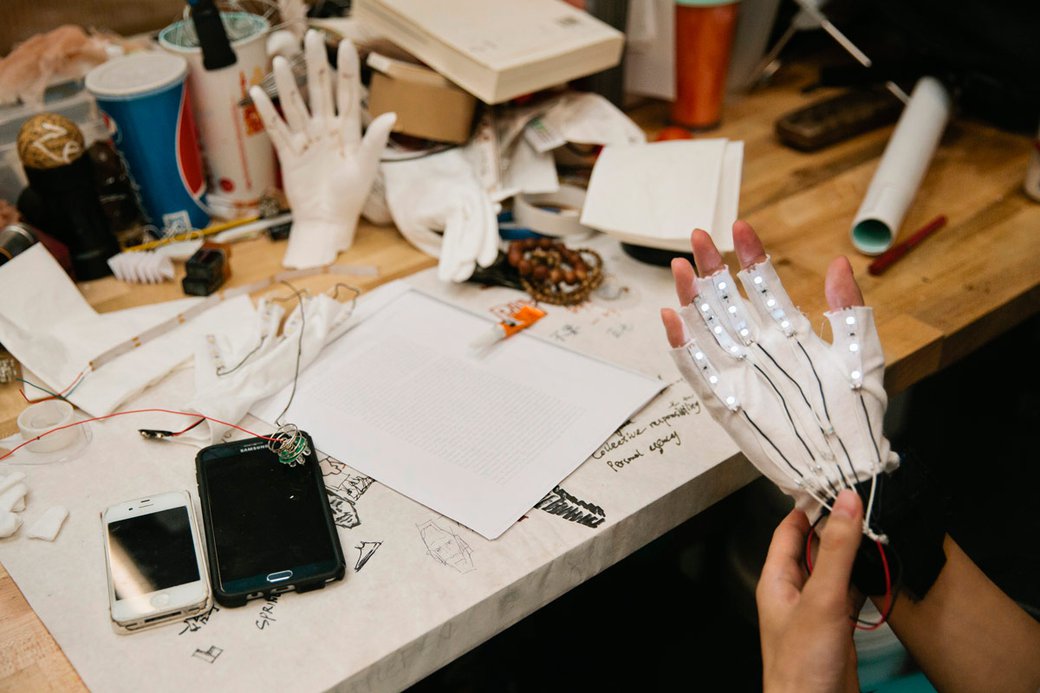
Today’s designers need to move nimbly across ideas, disciplines, and skills. Your studio courses, which form the backbone of your CCA experience, are typically co-taught to encourage hybrid design structures. Your work will be driven by emerging technologies, the implications of technology-embedded products, material exploration, social media culture, and so much more. With access to state-of-the-art facilities for graphic design, industrial design, and interaction design, you’ll work across these in-demand fields to prepare for a range of leadership roles in civic, commercial, and curatorial spheres.

Digital craft and prototyping facilities
You’ll have 24/7 access to a range of facilities, including the Hybrid Lab for advanced digital fabrication and the Rapid Prototyping Studios, outfitted with CNC laser cutters, CNC routers, 3D printers, and more. With faculty guidance, you’ll explore current trends and topics in studios, drawing from your knowledge of design history, contemporary criticism, and diverse methodologies. From creating user flows and interactive wireframes to designing wearable technology, you’ll have the intellectual and physical resources you need to do it all.
Hands-on experiences drive design at CCA
- Yearly retreat at Headlands Center for the Arts
- 24/7 access to prototyping and makers’ spaces
- Exhibitions for studio and end-of-year work
- Intensive workshops with visiting designers
- Lecture series that encompasses all disciplines
- Risograph printing and book arts
- Woodworking and metalsmithing
- Extensive Materials Library
Faculty
Learn from industry leaders and visionaries
Our globally recognized faculty, including Martin Venezky, Sara Dean, and Paul Montgomery, encourage you to experiment and find applications for your research and work outside the classroom. As you prepare a portfolio of work for an end-of-year exhibition and publication project, you’ll get constant feedback from core faculty and visiting designers. Recent visitors include Extrapolation Factory, Experimental Jetset, Tim Parsons, and Future Farmers.
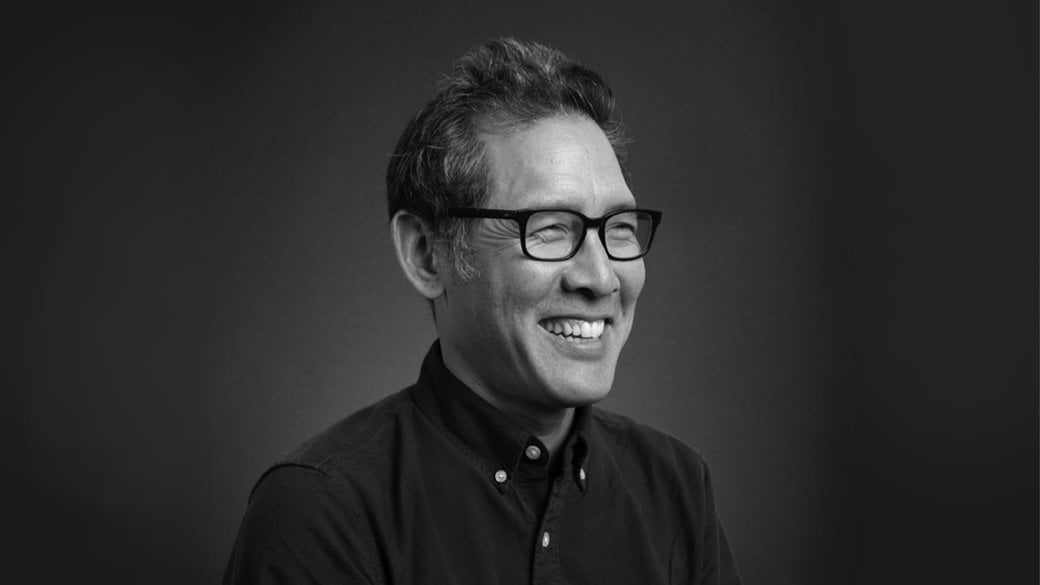
Jon Sueda, Chair of MFA in Design
Chair Jon Sueda has practiced design everywhere from Honolulu to Holland. He’s the founder of Stripe, a design studio based in the Bay Area that specializes in printed material, identity, and exhibition work. Before joining the graduate program, he served as the director of design at CCA’s Wattis Institute for Contemporary Arts. Additionally, Sueda has exhibited at École des Beaux-Arts, Architecture Association, Galerie de Multiples, and the New Museum. In 2017, he was elected a member of the Alliance Graphique Internationale.
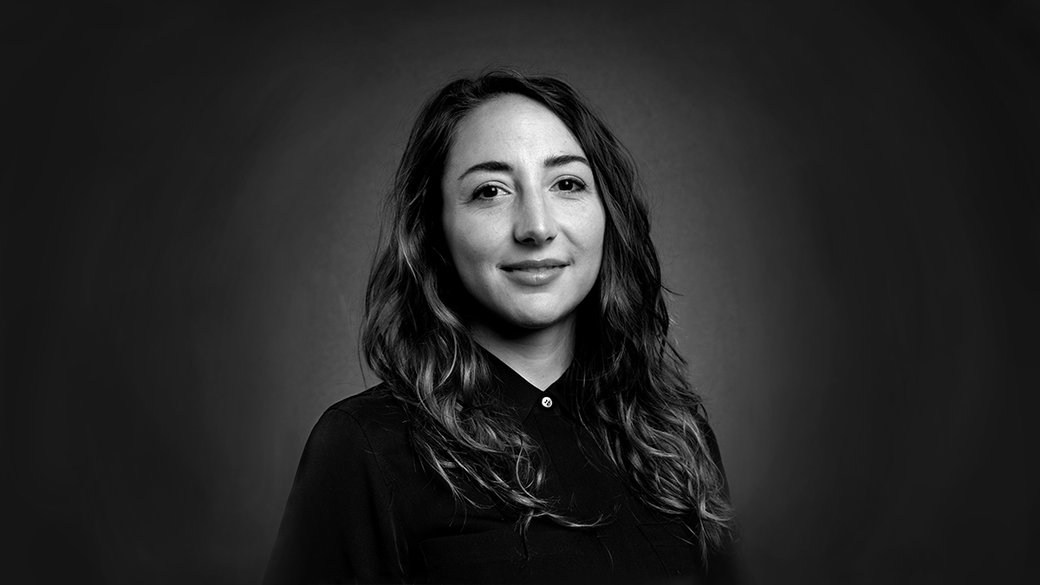
Cristina Gaitán, Interim Assistant Chair of MFA in Design
Interim Assistant Chair Cristina Gaitán is an artist, designer, researcher, and educator who has designed environments and interactions for over 15 years. She approaches design as a social practice and applies a variety of analog and digital methods to solve systemic design problems, speculate on the ethical implications of technology in society, and cultivate essential interactions in the human experience. Gaitán teaches design and foresight methodologies as essential strategies for liberation, so that we may all reclaim our own stories, possibilities, and legacies. Gaitán holds an MFA in Design, with a focus in interaction design, from CCA and a BS in Architecture from the University of Virginia.
Concentrations
A course of study that matches your experience and ambitions
Annika Bastacky (MFA Design 2020) is an artist, performer, and speculative designer. Explore how her practice evolved during CCA's three-year master's program.
Many students and career-changers are interested in hybrid practices and want to remain competitive and nimble in today’s market. To support these goals, our program provides several degree options. The two- and three-year degrees are centered on rigorous design investigation that culminates with a year-long thesis and final body of work. Our dual degree with MBA in Design Strategy is a three-year degree that incorporates courses from both programs.
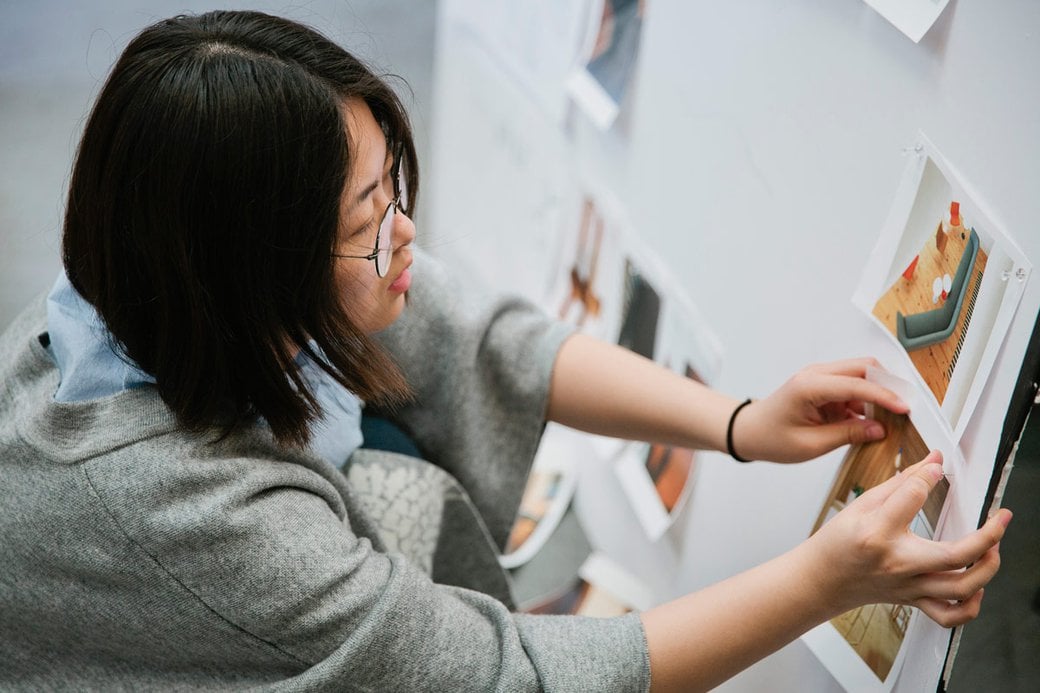
Two-year degree
This two-year course of study is best for students with a background or professional experience in graphic design, industrial design, or interaction design. With a focus on prototyping, design methods, independent research, and technology innovation, students emerge from the program with an expanded skill set. Their culminating thesis project often serves to reinvent their design practices and jumpstart their careers. View the course guide.

Three-year degree
This three-year course of study is ideal for students who want to shift careers into a design discipline, where applicants often hold an undergraduate degree in an unrelated or peripheral field. Beginning with a foundational first year that’s focused on design process, prototyping, technology, and tools, students are able to hit the ground running when they join the rest of their cohort in year two.
View course guides
Your schedule should be based on individual requirements according to your degree audit and the recommendations of our program’s manager. The following course guides outline three paths towards graduation:

Dual degree
The MFA in Design and MBA in Design Strategy dual degree is a three-year course of study that incorporates aspects of both programs. Students explore business models, contemporary design practices, and the hybrid spaces in between. This dual-degree option is perfect for students interested in running their own businesses.
Careers
Alumni find new territories for design
Our students have many unique opportunities to connect the critical design culture they experience in our graduate program to the needs of Bay Area companies. Alumni successfully find work in the tech industry for companies including Adobe, Apple, Facebook, Google, and IDEO. They also join product design and research and development teams, or they establish their own design firms such as Backer Kit, Sensoree, Anxy Magazine, and Gold Collective. Alumni with a focus on studio-based craft find work with organizations like Headlands Center for the Arts, The New York Times, and the San Francisco Museum of Modern Art.
Potential career paths
- Graphic designer
- Product designer
- UI/UX designer
- Project manager
- Technologist in research and development
- Curator
- Educator
- Business or design studio owner
News & Events
What’s happening in our community?
How to Apply
The new school of strategy
The MFA Design program welcomes students of all ages and backgrounds. While some have undergraduate degrees in design, just as many have experience in related or completely different fields. All of our applicants are interested in cross-disciplinary investigations and are excited to join a supportive design community. Admission to our program is largely based on the strength of your portfolio and transcripts.
Start your application
You’ll apply to CCA and submit all required application materials via SlideRoom. Afterward, you may be contacted for an interview with a faculty member as part of the application process. Being selected for an interview doesn’t indicate applicant status or increase or decrease an applicant’s chances of being admitted into their desired graduate program. Interviews are conducted at the program’s discretion and are used to gain more insight into an application.
MFA Design application requirements
- Application and $70 nonrefundable application fee
To be completed and submitted on SlideRoom. - Resume/curriculum vitae
Please outline your educational and professional background and relevant experiences and activities, including community work. Resumes/CVs must be in PDF document format. - Two recommendation letters
You’ll request two letters of recommendation from academic or professional sources in SlideRoom by entering the contact information for your recommenders/references. They will then receive an automated email from SlideRoom with instructions for uploading their letter of recommendation. - Unofficial college transcripts
You are required to provide your complete undergraduate academic history. Students who have already taken graduate courses are encouraged to submit those transcripts, too. For international applicants, all transcripts must be in English or accompanied by a certified English translation.
Please provide an unofficial transcript from the college where you will receive or have received your bachelor’s degree, as well as unofficial transcripts for all other undergraduate coursework. Unofficial transcripts will be used for review purposes.
Once you have been admitted and enrolled, all students will need to submit official, sealed transcripts showing the completion of a bachelor’s degree to our graduate admissions office by August 1 of the fall semester they begin enrollment at CCA. - Proof of English proficiency (international applicants only)
Review and plan to meet our English proficiency requirements for graduate students. - Personal essay
In a personal essay, submitted as a PDF, write 500 to 1,000 words about your work within the context of a contemporary design practice and explain why you want to study design at the master’s level. - Portfolio
Submit a portfolio of up to 25 still images, video, time-based media, or interactive media. In addition to academic and professional work, applicants are encouraged to include examples of personal work. Dimensions for portfolio slide pages/case study pages should not exceed 1920 x 1080 pixels per page, with a minimum 8-point / 10-pixel height type.
Technical specs are as follows:- Images (up to 5 MB each)
- Videos (up to 250 MB each)
- Audio (up to 30 MB each)
- PDFs (up to 10 MB each)
- Links to media from YouTube, Vimeo, and SoundCloud are also acceptable
For prospective student inquiries, including questions about the program or how to apply, please contact us

Move nimbly across ideas, disciplines, and skills

